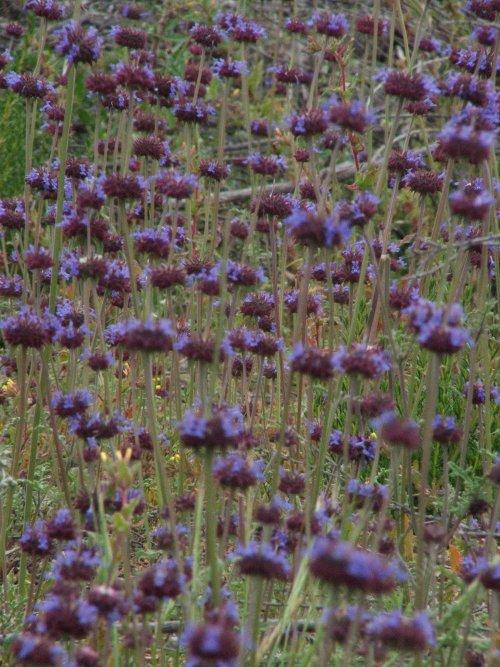Deleted
Deleted Member
Member since January 1970
Posts: 0
|
Post by Deleted on May 10, 2016 12:48:07 GMT -5
Had to run into the mountains to sell a patio door. saw many wildflowers, only time for one stop at a pullout on the way down the mountain... enjoy Field Bindweed, related to morning glory - thanks Jean!  IMG_20160501_121113067_HDR IMG_20160501_121113067_HDR by Scott Solar, on Flickr  IMG_20160501_121105889 IMG_20160501_121105889 by Scott Solar, on Flickr rockpickerforever Sabre52 what is this? Desert Chia  IMG_20160501_120609789 IMG_20160501_120609789 by Scott Solar, on Flickr  IMG_20160501_120541851 IMG_20160501_120541851 by Scott Solar, on Flickr  IMG_20160501_120647420 IMG_20160501_120647420 by Scott Solar, on Flickr  IMG_20160501_120654545 IMG_20160501_120654545 by Scott Solar, on Flickr this one covered the hillsides - Spanish Broom  IMG_20160501_115651672 IMG_20160501_115651672 by Scott Solar, on Flickr  IMG_20160501_115704253 IMG_20160501_115704253 by Scott Solar, on Flickr  IMG_20160501_115621437 IMG_20160501_115621437 by Scott Solar, on Flickr  IMG_20160501_120002780 IMG_20160501_120002780 by Scott Solar, on Flickr Mexican sunflower  IMG_20160501_120450427 IMG_20160501_120450427 by Scott Solar, on Flickr  IMG_20160501_120515592 IMG_20160501_120515592 by Scott Solar, on Flickr on topic - bitchin pattern granite  IMG_20160501_120055080_HDR IMG_20160501_120055080_HDR by Scott Solar, on Flickr |
|
|
|
Post by rockpickerforever on May 10, 2016 12:59:22 GMT -5
Don't know them all, but will look into it.
The first one is not poppy, but is in the morning glory family. Convulvus arvensis, aka Field bindweed. Do not let any morning glories into your garden, there wiry stems will stop a powerful rototiller from turning. Farmers hate them!
That second flower, I just saw some recently in Ramona. Will see what I can find!
Thanks for posting the pics, Scott. |
|
|
|
Post by Garage Rocker on May 10, 2016 13:22:58 GMT -5
Thanks for posting, it's an interesting landscape, so foreign to us Easterners. Everything here is lush and green and the lawn has to be mowed every three days.
|
|
|
|
Post by rockpickerforever on May 10, 2016 14:24:52 GMT -5
Okay, on the second one, figured it to be a sage. So many different species! Here's what I found -
From Wiki
Salvia columbariae is an annual plant that is commonly called chia, chia sage, golden chia, or desert chia, because its seeds are used in the same manner as Salvia hispanica (chia). It grows in California, Nevada, Arizona, New Mexico, Sonora, and Baja California, and was an important food for Native Americans.
Seems to be pretty widespread across the southwest. Never heard it spoken of before, but from that location, I would probably call it desert chia. Same subspecies regardless.
Images


From your photo, I'm guessing the plants were somewhat sparse? No hillsides like this? That would be a sight! And, of course, the grasses not near as green as in this photo.

The yellow one, pretty, but considered extremely invasive. They can also paint the hillsides. Spanish broom - Spartium junceum 
|
|
Deleted
Deleted Member
Member since January 1970
Posts: 0
|
Post by Deleted on May 10, 2016 18:04:46 GMT -5
Looks like you nailed those Jean!!
Thx
|
|
|
|
Post by rockpickerforever on May 11, 2016 10:24:35 GMT -5
U R welcome
|
|
jamesp
Cave Dweller 
Member since October 2012
Posts: 36,607
|
Post by jamesp on May 11, 2016 10:29:31 GMT -5
Picasso Granite, smokin widlflowers. Deserts do color no dang doubt.
Had to wear sunglasses.
about them poppies....
|
|